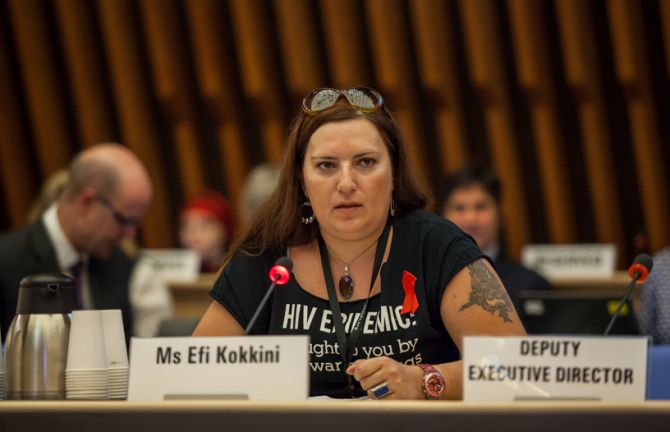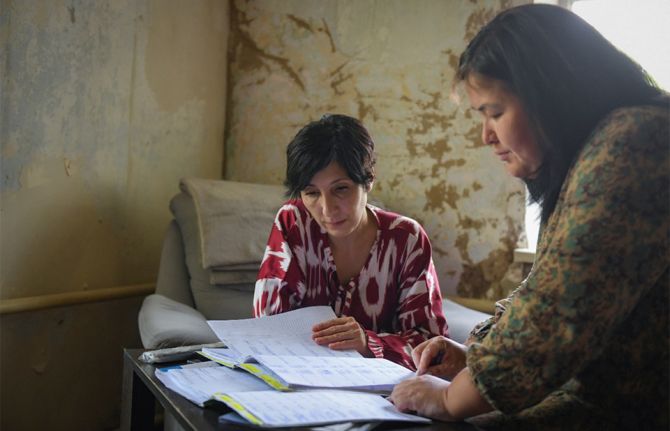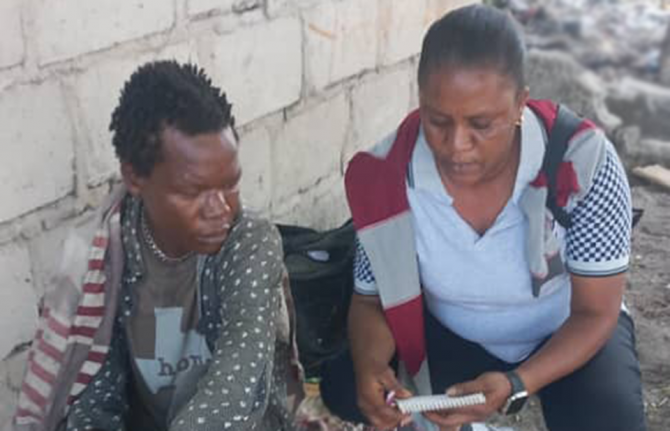


Feature Story
People who inject drugs must not be left behind
16 December 2014
16 December 2014 16 December 2014Calls for renewed efforts to reduce the transmission of HIV and hepatitis C among people who inject drugs were heard at the thematic segment of the 35th meeting of the UNAIDS Programme Coordinating Board (PCB), which took place in Geneva, Switzerland, on 11 December.
Speakers at the thematic segment included former President of Switzerland Ruth Dreifuss, a member of the Global Commission on Drug Policy, Efi Kokkini, the chair of the Greek Drug and Substitute Users Union, and representatives of United Nations Member States and organizations such as the United Nations Office on Drugs and Crime, the World Health Organization and the World Bank.
Key issues associated with HIV and injecting drug use were raised, including opportunities for and barriers to implementing harm reduction strategies. Examples from several countries focused on partnerships between governments and civil society that have proved successful in reducing the transmission of HIV among people who inject drugs.
“We need to examine what has failed and what can be done differently,” said UNAIDS Executive Director Michel Sidibé. “Reaching the 90–90–90 targets will not be possible without reducing new HIV infections among people who inject drugs.”
Mr Sidibé said he had witnessed many effective harm reduction programmes throughout the world, stressing that those that enable people who inject drugs to be part of the solution have the greatest impact. He noted that the 2016 Special Session of the United Nations General Assembly on the World Drug Problem was widely seen as critical and offers a key opportunity to redirect and reform global and national policies to reduce the adverse impact of drugs on public health.
In her contribution to the debate, Ms Dreifuss said international drug policy had failed over several decades. She said there needed to be a radical rethink of policies and the construction of practical solutions that respect human rights and empower the people most affected.
Participants at the PCB heard an impassioned contribution from Ms Kokkini, who said people who inject drugs are often excluded from HIV prevention and treatment services. She said that politicians even continued to deny that people inject drugs while in prison.
Detention environments are particularly significant for the issue of HIV and drugs use. In some countries, HIV prevalence among prisoners can be 50 times higher than among the general population, with injecting drug use an ongoing problem in detention settings. During the discussion, PCB participants heard that where implemented, community-based opioid substitution therapies were six times more effective and 12 times less expensive than detention-based programmes.
Major Gairat Rakhmanov, a senior police official from Kyrgyzstan involved in community-based therapies for released prisoners, said the participation of the police and prison services was essential in helping to keeping people who inject drugs alive. Speakers from New York State Health Department and from the peer-led Needle and Syringe Programme described how New York had halted and reversed the HIV epidemic in the decade between 1992 and 2002.
Other participants from Iran, Malaysia and Tanzania described partnerships with various authorities, but each expressed the need to engage with people who inject drugs at every stage of the planning, design and delivery of services for them.
It is currently estimated that worldwide some 12.7 million people inject drugs, around 1.7 million of whom are thought to be living with HIV.



